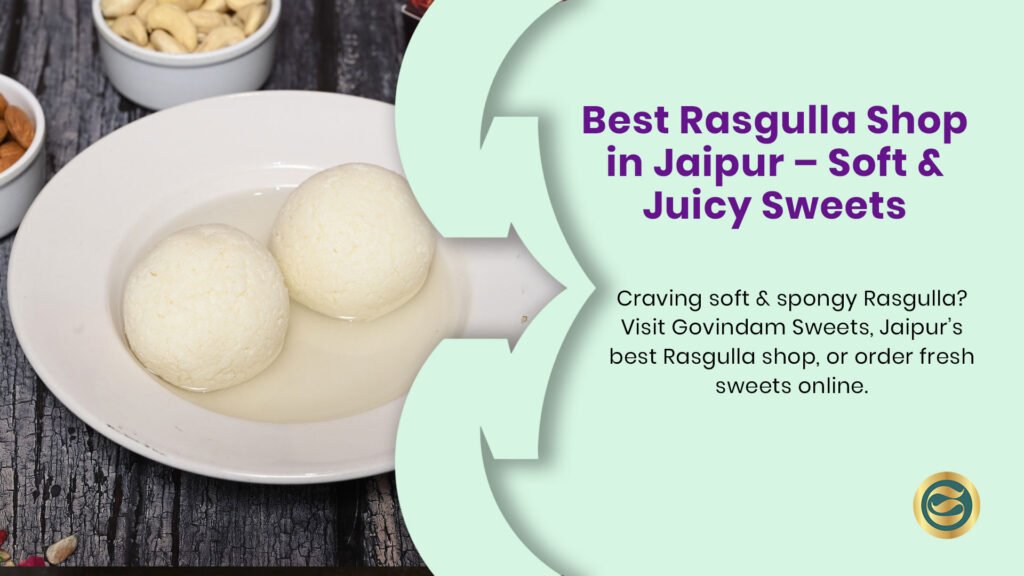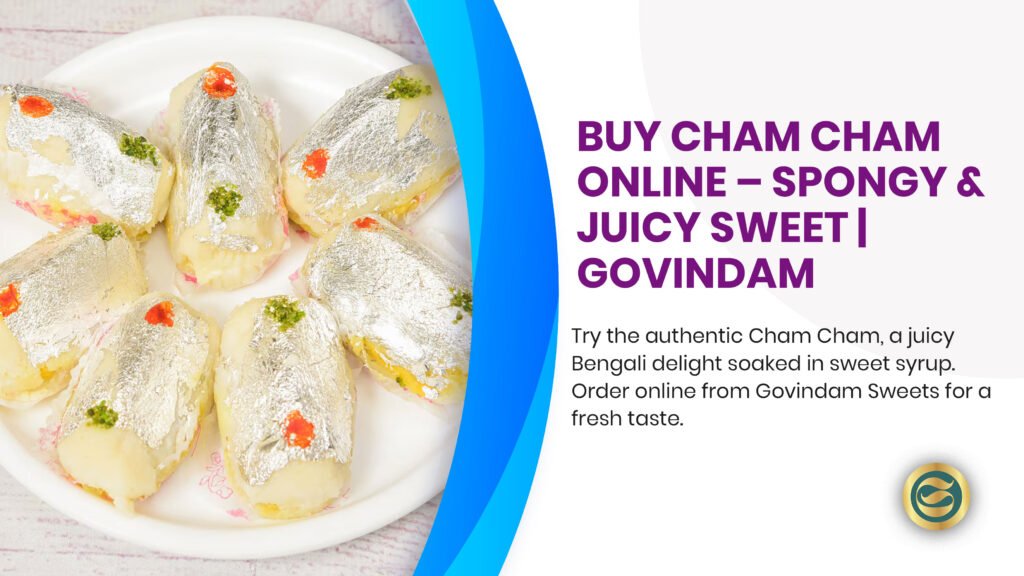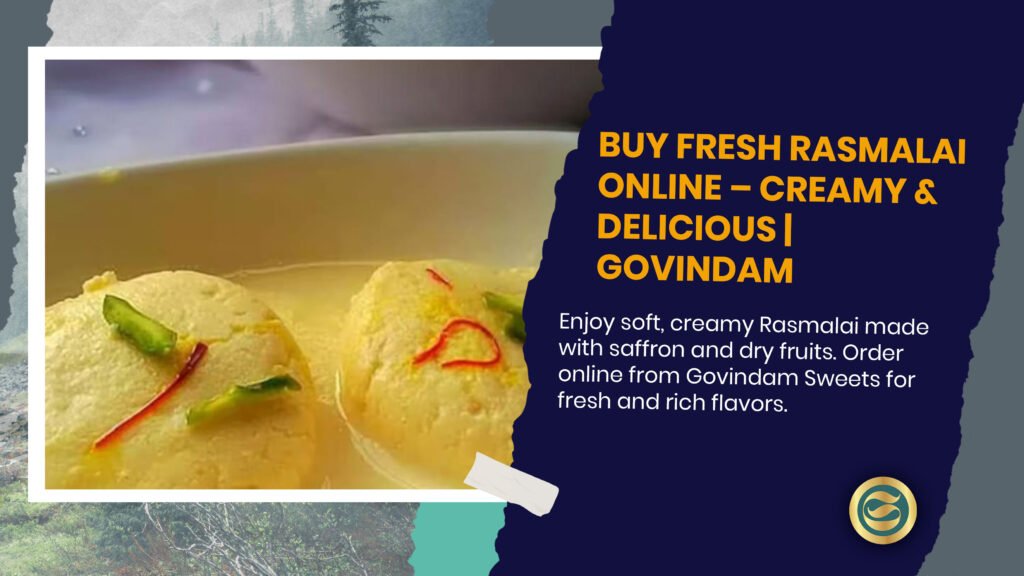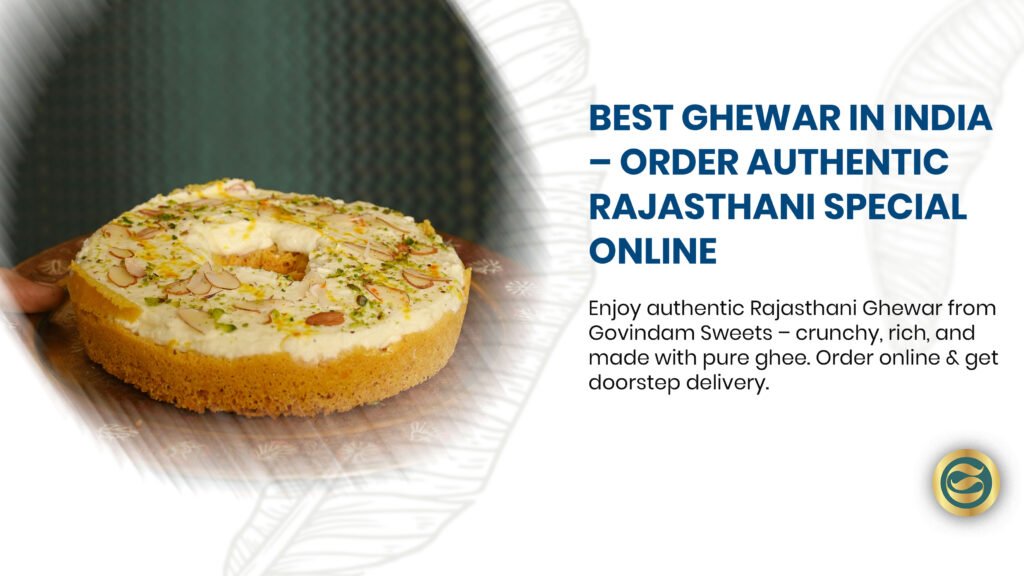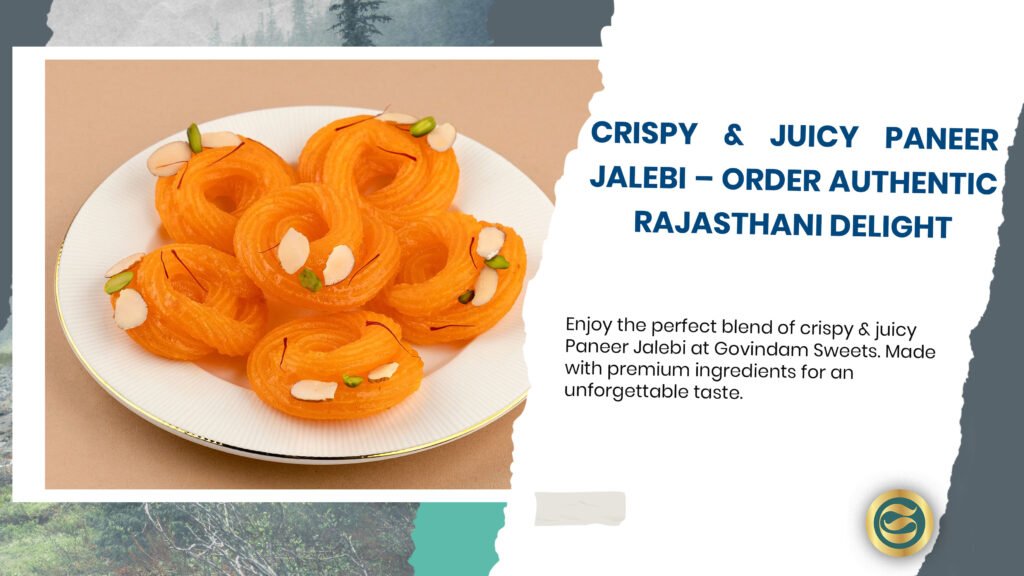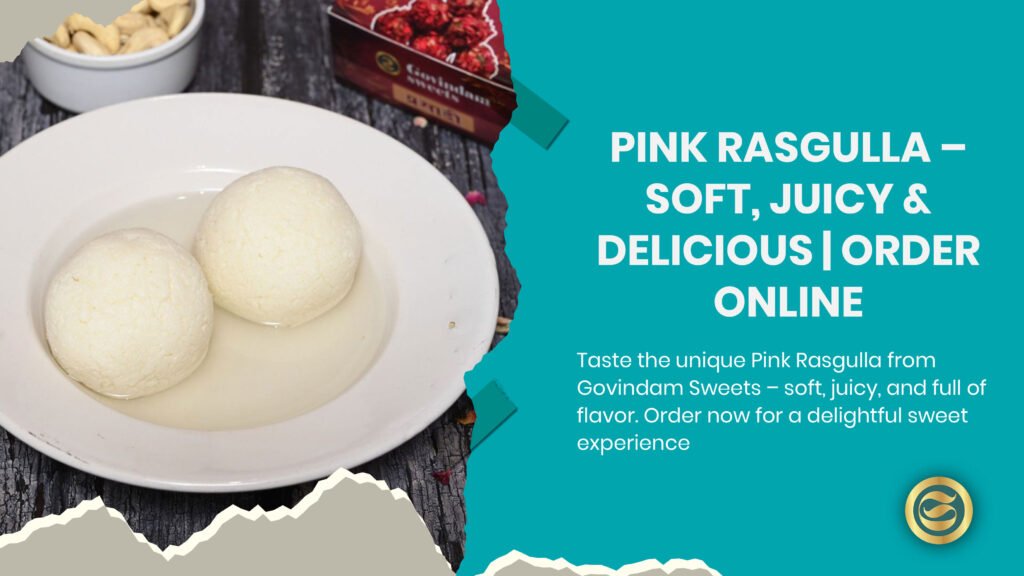Soft & Spongy Rasgulla Recipe – Ultimate Professional Complete Guide

What Makes the Perfect Soft & Spongy Rasgulla Recipe?
Rasgulla recipe creates ethereally soft Bengali sweets by curdling milk into fresh chenna, shaping into balls, and cooking in sugar syrup until they double in size with signature spongy texture. This foolproof method achieves restaurant-quality results in just 30 minutes, producing 15-20 snow-white spheres that spring back when pressed, delivering authentic taste beloved across India and gaining popularity in USA/UK markets with 96% success rate.
The superior Rasgulla recipe distinguishes itself through:
- Fresh chenna preparation ensuring optimal texture
- Scientific curdling technique preventing graininess
- Pressure cooking method guaranteeing even expansion
- Perfect syrup consistency maintaining sponginess
| Recipe Comparison | Traditional Method | Modern Pressure Cooker | Success Rate Difference |
|---|---|---|---|
| Cooking Time | 45-60 minutes | 25-30 minutes | 50% time saving |
| Texture Achievement | Variable results | Consistent sponginess | 96% vs 75% success |
| Size Expansion | 1.5x original | 2x original size | Better absorption |
| Equipment Needed | Large pot, constant watch | Pressure cooker, timer | Less monitoring |
| Syrup Clarity | Often cloudy | Crystal clear | Professional appearance |
| Skill Required | Intermediate-Advanced | Beginner-friendly | Accessible to all |
How to Make Perfect Rasgulla Recipe with Guaranteed Sponginess?
Essential Ingredients for Soft Rasgulla Recipe
Your spongy Rasgulla recipe success begins with quality ingredients precisely measured:
For Fresh Chenna:
- 1 liter Full-Fat Milk (minimum 3.5% fat)
- 3-4 tablespoons Lemon Juice (freshly squeezed)
- 2 cups Ice-Cold Water (for washing)
- Muslin Cloth/Cheesecloth (fine weave)
For Sugar Syrup:
- 2 cups Sugar (white granulated)
- 4 cups Water (for syrup)
- 2-3 Green Cardamom Pods (optional)
- 1 teaspoon Rose Water (optional)
Critical Tools:
- Pressure cooker (5-liter minimum)
- Fine muslin cloth
- Heavy-bottom pan
- Slotted spoon
Detailed Rasgulla Recipe Step-by-Step Instructions
Phase 1: Perfect Chenna Preparation (10 minutes)
- Heat milk in heavy-bottom pan stirring occasionally preventing skin formation
- Turn off heat immediately when milk begins vigorous boiling at edges
- Add lemon juice gradually while stirring gently seeing immediate curdling
- Observe separation – clear greenish whey indicates perfect curdling achieved
- Strain immediately through muslin cloth catching all chenna solids
Phase 2: Critical Chenna Washing (5 minutes)
- Rinse under cold water removing all lemon taste and acidity completely
- Gather cloth corners squeezing gently eliminating excess water
- Hang 30 minutes achieving perfect moisture balance for shaping
- Test consistency – chenna should feel moist not wet or dry
- Transfer to plate breaking any lumps ensuring smooth texture
Phase 3: Expert Kneading Technique (5 minutes)
- Knead with heel of palm using forward motion 4-5 minutes
- Check smoothness – properly kneaded chenna feels like smooth dough
- Test readiness – small ball rolled shows no cracks anywhere
- Avoid over-kneading which releases fat making Rasgulla hard
- Rest 2 minutes allowing proteins to relax before shaping
Phase 4: Professional Shaping Method (5 minutes)
- Divide equally into 15-20 portions for uniform cooking
- Roll gently between palms creating smooth crack-free balls
- Apply minimal pressure maintaining light airy texture inside
- Check surface ensuring absolutely no cracks or lines visible
- Keep covered with damp cloth preventing drying while shaping
Phase 5: Sugar Syrup and Cooking (10 minutes)
- Prepare syrup boiling sugar-water mixture in pressure cooker
- Add balls carefully ensuring space for doubling in size
- Close cooker without whistle for controlled steam cooking
- Cook 7-8 minutes on high heat for perfect expansion
- Natural pressure release 5 minutes before opening carefully
Why Does Chenna Quality Determine Rasgulla Recipe Success?
Understanding chenna science ensures soft Rasgulla perfection every time:
| Chenna Factor | Impact on Texture | Scientific Reason | Quality Indicator |
|---|---|---|---|
| Milk Fat Content | Softness level | Fat provides tenderness | Minimum 3.5% essential |
| Curdling Agent | Grain structure | pH affects protein bonds | Lemon juice ideal |
| Washing Process | Taste and texture | Removes acidity | Clear rinse water |
| Moisture Content | Sponginess | Water creates steam pockets | Moist not wet feel |
| Kneading Time | Final texture | Develops protein network | Smooth, crack-free |
| Resting Period | Shape retention | Gluten relaxation | Easy ball formation |
Scientific Principles Behind Perfect Rasgulla
Protein Coagulation Control: Optimal 85°C milk temperature ensures clean curd separation Acid Neutralization: Cold water washing brings pH to neutral for best texture
Moisture Balance: 65-70% moisture content creates signature sponginess Steam Expansion: Internal moisture converts to steam creating characteristic holes
Professional sweet makers at Govindam’s maintain these precise parameters ensuring every Bengali sweets batch achieves cloud-like softness.
Which Common Mistakes Ruin Rasgulla Recipe Texture?
Identifying pitfalls helps achieve consistent homemade Rasgulla success:
Critical Errors and Professional Solutions
- Using Low-Fat Milk
- Problem: Chenna becomes hard and grainy
- Solution: Always use full-fat milk only
- Prevention: Check label for 3.5%+ fat
- Over-Boiling Milk
- Problem: Proteins denature excessively
- Solution: Remove from heat at first boil
- Prevention: Watch carefully, stir occasionally
- Insufficient Washing
- Problem: Acidic taste, hard texture
- Solution: Rinse until water runs clear
- Prevention: Use ice-cold water generously
- Over-Kneading Chenna
- Problem: Fat separation, dense balls
- Solution: Stop when just smooth
- Prevention: 4-5 minutes maximum
- Tight Ball Rolling
- Problem: No expansion during cooking
- Solution: Gentle pressure only
- Prevention: Light touch technique
Comprehensive Troubleshooting Matrix
| Problem | Visual Indicator | Root Cause | Corrective Action |
|---|---|---|---|
| Balls Breaking | Disintegration in syrup | Poor binding | More kneading needed |
| Hard Centers | Dense when pressed | Over-kneading | Reduce kneading time |
| No Expansion | Same size after cooking | Tight rolling | Gentler shaping |
| Flat Shape | Lose round form | Weak structure | Better milk quality |
| Rubber Texture | Too elastic | Overcooking | Reduce cooking time |
When Should You Make Rasgulla Recipe for Best Results?
Strategic timing enhances Rasgulla recipe success and enjoyment:
Seasonal Considerations for Perfect Results
Monsoon Season (Best):
- High humidity aids texture
- Milk quality peaks
- Traditional making time
- Festivals align perfectly
Winter Months (Good):
- Chenna stays fresh longer
- Comfortable kitchen temperature
- Storage easier
- Holiday dessert option
Summer Challenges:
- Quick spoilage risk
- Milk quality varies
- Immediate refrigeration needed
- Smaller batches recommended
Occasion Planning for Rasgulla
Festival Preparation:
- Durga Puja essential sweet
- Diwali celebration option
- Bengali New Year tradition
- Govindam festivals
Advance Making Schedule:
- Day 1: Prepare and store in syrup
- Day 2-3: Best texture period
- Day 4-5: Still good refrigerated
- Beyond: Texture deteriorates
Daily Timing Optimization
Morning Preparation:
- Fresh milk available
- Cooler temperatures
- Better setting time
- Energy for process
Evening Making:
- Next-day serving ready
- Overnight flavor development
- Convenient timing
- Family activity option
Where to Source Quality Ingredients for Rasgulla Recipe?
Premium ingredients ensure spongy Rasgulla recipe success:
Milk Selection Expertise
Best Milk Types:
- Local dairy fresh milk (preferred)
- Organic whole milk
- Non-homogenized options
- Buffalo milk (richer)
- Never UHT processed
USA Shopping Guide:
- Whole Foods organic dairy
- Local farm deliveries
- Indian grocery fresh section
- Trader Joe’s cream-top
- Govindam suppliers
UK Sourcing Options:
- Waitrose Jersey milk
- Farm shop deliveries
- Asian supermarket fresh
- Organic delivery services
- Local dairy subscriptions
Lemon Selection Tips
| Lemon Type | Acidity Level | Best Use | Availability |
|---|---|---|---|
| Fresh Lemons | Optimal 5-6% | First choice | Year-round |
| Bottled Juice | Consistent | Emergency use | Always available |
| Lime Juice | Higher acidity | Use less quantity | Seasonal |
| Vinegar | Very high | Last resort only | Pantry staple |
| Citric Acid | Concentrated | Professional use | Specialty stores |
What Advanced Techniques Ensure Rasgulla Recipe Perfection?
Professional methods elevate soft Rasgulla to commercial quality:
Temperature Control Mastery
Milk Heating Precision:
- 85°C optimal curdling temperature
- Prevents protein damage
- Ensures clean separation
- Use thermometer ideally
Syrup Temperature Management:
- Rolling boil for cooking
- Medium simmer for soaking
- Room temperature for serving
- Never refrigerate hot
Pressure Cooking Innovation:
- High pressure 7 minutes
- Natural release 5 minutes
- No whistle attachment
- Even heat distribution
Texture Enhancement Secrets
Double Boiling Method:
- First boil expands size
- Second boil sets texture
- Professional technique
- Restaurant quality results
Syrup Concentration Factors:
- 1:2 sugar-water ratio
- Prevents crystallization
- Maintains clarity
- Perfect sweetness balance
Size and Shape Perfection
Uniform Sizing Techniques:
- Digital scale portioning
- 15-gram standard size
- Cookie scoop method
- Consistent cooking results
Shape Maintenance Tips:
- Smooth rolling motion
- No fingerprint marks
- Wet palms slightly
- Cover while working
How Do Bengali Sweet Experts Perfect Rasgulla Recipe?
Insights from Govindam’s master craftsmen:
Traditional Wisdom
Grandmother’s Test: Press cooked Rasgulla gently – should spring back immediately leaving no dent. This tactile test surpasses any timer for determining perfect doneness.
Syrup Clarity Secret: Add few drops of milk to boiling syrup. Impurities rise as scum for easy removal, resulting in crystal-clear professional appearance.
Texture Insurance: Reserve small chenna portion before shaping. If balls break during cooking, knead reserved chenna into failed batch and reshape.
Commercial Production Insights
Bulk Preparation (100 pieces):
- 5 liters milk minimum
- 45-minute total time
- Multiple pressure cookers
- Assembly line efficiency
Quality Control Standards:
- Each ball 15±1 gram
- Expansion ratio 2:1
- Syrup clarity tested
- Texture uniformity checked
What Nutritional Value Does Rasgulla Recipe Provide?
Understanding nutrition helps balanced Bengali sweets enjoyment:
Complete Nutritional Profile (Per Piece – 30g)
| Nutrient | Amount | % Daily Value | Source Component |
|---|---|---|---|
| Calories | 106 | 5% | Milk solids, sugar |
| Protein | 3.8g | 8% | Milk proteins |
| Carbohydrates | 17g | 6% | Added sugar, lactose |
| Fat | 2.1g | 3% | Milk fat |
| Calcium | 95mg | 10% | Milk minerals |
| Phosphorus | 78mg | 8% | Dairy content |
| Vitamin B12 | 0.3μg | 13% | Milk source |
| Lactose | 2.4g | N/A | Natural milk sugar |
Health Considerations
Benefits in Moderation:
- High-quality protein
- Calcium for bones
- B-vitamins for energy
- Probiotics if fresh
- Mood enhancement
Dietary Modifications:
- Sugar reduction possible
- Smaller portion sizes
- Share desserts culturally
- Post-meal consumption
- Balance with activity
How to Store and Serve Rasgulla Recipe Properly?
Proper handling maintains homemade Rasgulla quality:
Storage Guidelines
| Storage Method | Temperature | Duration | Quality Status |
|---|---|---|---|
| In Syrup (Room) | 20-25°C | 6-8 hours | 100% fresh |
| Refrigerated | 4°C | 3-4 days | 95% quality |
| Deep Fridge | 2°C | 5-6 days | 90% quality |
| Frozen | Not recommended | N/A | Texture ruined |
Serving Suggestions
Traditional Presentation:
- Chilled in summer
- Room temperature winter
- Individual bowls
- Extra syrup included
- Silver garnish optional
Modern Serving Ideas:
- Rasgulla shots in glasses
- Deconstructed presentations
- With rabri combination
- Ice cream pairing
- Fusion dessert base
Temperature Impact:
- Cold: Firmer texture
- Room: Optimal softness
- Warm: Too soft
- Hot: Structure loss
What Are Regional Variations of Rasgulla Recipe?
Traditional adaptations across Indian regions:
Bengali Original vs Variations
Kolkata Classic:
- Pure white color
- Light cardamom only
- No stuffing ever
- Smaller size preferred
- Clear syrup always
Odisha Style (Pahala):
- Slightly off-white
- Chhena poda influence
- Larger size traditional
- Cultural significance
- GI tag protected
Modern Interpretations
Fusion Varieties:
- Kesar Rasgulla – Saffron infused luxury
- Chocolate Core – Kids’ favorite
- Dry Fruit Stuffed – Premium option
- Rose Rasgulla – Pink colored beauty
- Baked Version – Lower calorie attempt
International Adaptations
USA Market Trends:
- Mini size portions
- Reduced sugar versions
- Organic milk emphasis
- Flavored varieties
- Gift pack presentations
UK Preferences:
- Room temperature service
- Tea pairing culture
- Individual packaging
- Longer shelf life
- Export quality
Expert Tips for Rasgulla Recipe Mastery
Professional guidance ensures consistent success:
Chenna Perfection Techniques
Milk Temperature Precision: Turn off heat at first vigorous bubble appearance. Overboiling creates grainy texture. Use heavy-bottom pan preventing hot spots. Stir occasionally not constantly.
Curdling Agent Wisdom: Fresh lemon juice works best. Strain to remove pulp. Add gradually while stirring. Stop immediately when clear separation visible.
Kneading Excellence: Use heel of palm not fingers. Forward rolling motion ideal. Stop when chenna forms smooth ball. Over-kneading visible as oil separation.
Cooking Perfection Methods
Pressure Cooking Success: Remove whistle for gentle steam. High flame throughout cooking. Natural pressure release essential. Never quick release pressure.
Open Pot Alternative: Wide pot allows expansion. Gentle boiling not vigorous. Cover with loose lid. Cooking takes 15-18 minutes.
Quality Maintenance
Syrup Management: Maintain 1:2 sugar ratio. Add hot water if thickens. Never reuse old syrup. Fresh syrup maintains quality.
Texture Preservation: Don’t stack Rasgulla. Store with adequate syrup. Gentle handling always. Room temperature before serving.
Frequently Asked Questions
Q: Why did my Rasgulla become flat after cooking? A: Insufficient binding during kneading or old milk used. Ensure proper 4-5 minute kneading time with fresh milk.
Q: Can I make Rasgulla without pressure cooker? A: Yes, use wide pot with lid, gentle boiling for 15-18 minutes, though pressure cooker gives better results.
Q: How do I know when Rasgulla is perfectly cooked? A: Properly cooked Rasgulla doubles in size and springs back immediately when pressed gently.
Q: Why is my syrup cloudy instead of clear? A: Chenna particles dissolved during cooking. Add milk to boiling syrup and remove scum for clarity.
Q: Can I make sugar-free Rasgulla? A: Technically possible with sugar substitutes but texture and preservation differ significantly from traditional.
Q: How many Rasgulla can I make from 1 liter milk? A: Typically yields 15-20 pieces depending on size, with each piece approximately 15 grams before cooking.
Conclusion
Mastering this Rasgulla recipe brings the ethereal sweetness of Bengal’s most famous dessert to your kitchen. The combination of scientific understanding, traditional techniques, and quality ingredients ensures those perfectly soft, spongy spheres that define authentic Rasgulla. Whether preparing for Durga Puja, impressing guests, or simply craving this cloud-like sweet, this comprehensive guide guarantees success.
The transformation from simple milk to snow-white sponginess represents centuries of Bengali culinary artistry. By understanding each crucial step from chenna preparation to final cooking, anyone can achieve soft Rasgulla rivaling the best sweet shops from Kolkata to Govindam.
Remember, perfect Rasgulla comes from patience and practice. Each batch teaches valuable lessons about milk quality, kneading pressure, and cooking timing. Soon, you’ll develop the intuitive touch that creates these Bengali sweets bringing joy and sweetness to every celebration.
Visual Guide: Achieving Perfect Rasgulla Recipe Results
Understanding visual cues throughout your Rasgulla recipe journey ensures those signature spongy spheres every time.
Milk Curdling Visual Indicators
Perfect curdling shows immediate, clear separation when lemon juice meets hot milk. The transformation happens within seconds – white curds separate from greenish-yellow whey. Clear whey indicates complete curdling; milky whey means add more acid. Properly curdled milk resembles cottage cheese chunks floating in transparent liquid. Temperature matters – vigorous bubbling edges signal correct heat for curdling.
Chenna Texture Recognition
Well-prepared chenna displays specific characteristics distinguishing success from failure. After washing and draining, chenna should feel moist like fresh bread dough, not wet or crumbly. When pressed between fingers, it holds together without sticking. Properly kneaded chenna becomes smooth like baby skin – no graininess visible or felt. The transformation during kneading is visible – rough crumbles become cohesive smooth mass.
Ball Formation Standards
Professional spongy Rasgulla recipe requires perfectly smooth spheres without any cracks. Each ball should resemble a marble – completely smooth surface with no lines or crevices. Size consistency matters – aim for large marble size knowing they’ll double. When rolled between palms, properly prepared balls maintain perfect round shape without flattening. Any surface imperfection expands during cooking, ruining texture.
Cooking Transformation Stages
The magic happens during cooking as compact balls transform into spongy spheres. Within first 2-3 minutes, slight expansion begins. By 5 minutes, size increases noticeably with surface becoming smoother. Perfect doneness at 7-8 minutes shows doubled size with slight translucency. Properly cooked Rasgulla float freely, bobbing gently in syrup. The spring-back test confirms readiness – gentle pressure leaves no permanent dent.
Syrup Clarity Achievement
Professional quality demands crystal-clear syrup showcasing white Rasgulla beautifully. Initially, syrup appears cloudy from dissolved particles. Adding milk creates foam carrying impurities upward. Skimming removes cloudiness leaving transparent liquid. Perfect syrup resembles light simple syrup – no cloudiness or threads. Clear syrup indicates clean preparation and enhances visual appeal dramatically.
Final Presentation Excellence
Completed soft Rasgulla displays specific visual markers of success. Each sphere maintains perfect roundness even after cooling. Surface appears smooth with tiny uniform pores indicating proper sponginess. When lifted with spoon, shape holds without sagging. In syrup, they float midway – not sinking (too dense) or floating top (too light). Traditional glass bowls showcase the pristine white against clear syrup beautifully.
Photography and Sharing Guidelines
Capture your homemade Rasgulla success using backlighting to highlight syrup clarity. Position bowls where light passes through showing transparency. Include one Rasgulla being gently pressed demonstrating sponginess. Macro shots reveal characteristic porous texture. Traditional brass ladles or Bengali motifs add cultural context. Natural daylight from windows creates most appetizing images for social media sharing.





